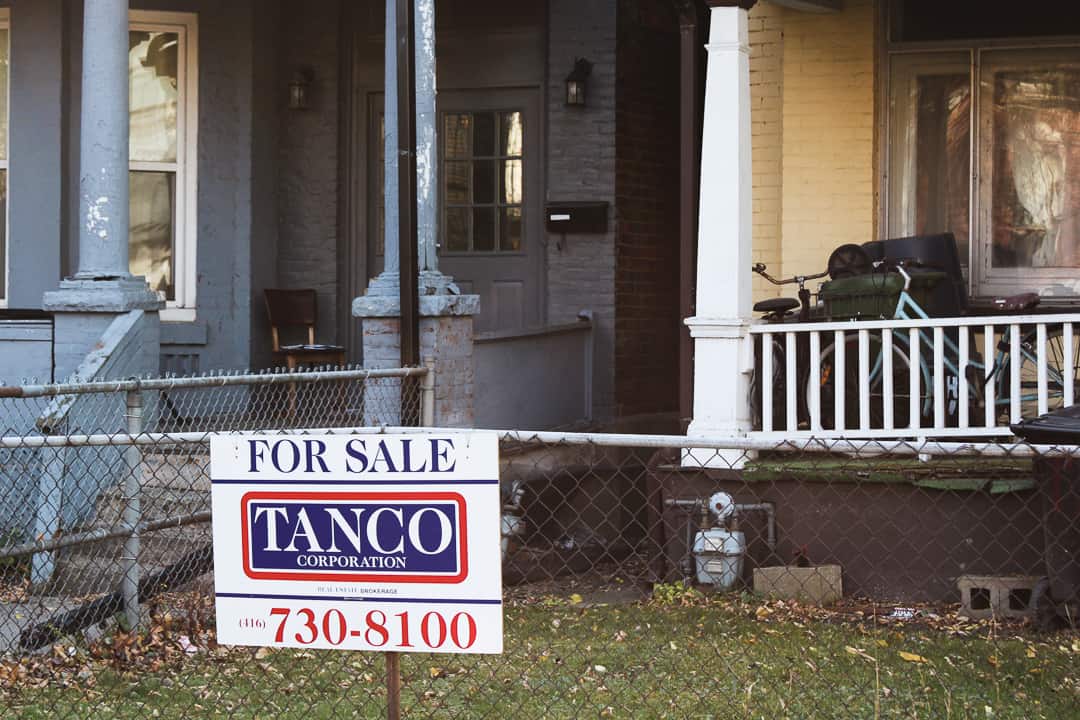This year, many U of T students had trouble securing on-campus housing due to increased demand for U of T’s student residences. As of November 28, thousands of students are still on on-campus housing waitlists.
To resolve some of these issues, U of T is offering students financial aid for housing-related expenses and is building new student residences.
Residence housing shortage over the summer
With the return to in-person learning after two years of online classes, the demand for U of T’s on-campus housing became apparent over the summer.
In an email to The Varsity, Vice-Provost, Students Sandy Welsh explained that U of T offers a first-year housing guarantee to students because it recognizes both the challenges that students face in securing off-campus housing and the benefits that come with an on-campus residence experience.
However, the number of students with a first-year housing guarantee, as well as the number of other students who applied for on-campus housing, was higher than expected. So, over the summer, U of T offered refunds to students who were willing to withdraw their applications to on-campus housing. These refunds constituted the residence deposit and additional funds for students to secure off-campus housing. Students who had applied for Chestnut residence, for example, were offered $2,000 in compensation as well as refunds for their deposits.
Ultimately, 496 students accepted residence refunds and additional funds from U of T. Of these students, 325 were UTSG students and 171 were UTSC students.
Because UTSC approved too many students for residence, the university placed 18 students in off-campus housing accommodations. In a September governance meeting, UTSC Dean of Student Experience and Wellbeing Neel Joshi reported that UTSC housed these students at the Canadian College of Naturopathic College, which is 45 minutes away from the UTSC campus. According to Joshi, UTSC also gave the students TTC passes in order to make the students’ commute “more manageable.”
As of November 28, 2,092 students are still on the university’s residence waitlist. However, Welsh believes that “many” of these students may no longer be interested in moving into residence this semester, and may only be waiting for the January residence intake.
At the start of the fall 2022 semester, 4,325 students with the first-year guarantee moved into on-campus UTSG residences. Currently, nearly 10,000 students live in residence across all three campuses.
Financial support
Welsh encouraged students to access university bursaries should they need additional funds to cover their housing costs. Bursaries are intended to financially support students who have exhausted all other options — such as government support, part-time employment, or family support — and are still unable to cover their education-related expenses.
Students can visit their registrars to learn more about financial aid that might be available to them. “It is the policy of the University of Toronto that no student offered admission to a program at the University should be unable to enter or complete the program due to a lack of financial means,” wrote Welsh.
Expansion of on-campus residences
On December 2, 2021, U of T broke ground on the newest student residence at Sussex and Spadina. This upcoming UTSG student residence took ten years to be approved and will have 509 beds. In an interview with The Varsity, U of T President Meric Gertler said that U of T had to make “compromises” such as reducing the number of beds in residence as a result of the “approval process” and discussions with local neighbourhood associations. The residence is expected to be completed by fall 2024.
UTSC is also set to complete a nine-story student residence at Ellesmere Road by fall 2023. The new building will contain 750 beds, which would almost double the number of students who will be able to live in residence at UTSC.
“We would love to build more; we have the will. We just need some cooperation from our government partners to accelerate the process, because there’s tremendous urgency,” said Gertler.
In an interview with The Varsity, Prentiss Dantzler — an assistant professor at UTSG’s Department of Sociology who researches urban development — explained what U of T has to do in order to build new residences.
Dantzler said that U of T has to show that there is a demonstrated need for new residences and new residences will be filled. The university, unlike private investors, cannot afford to have vast expanses of empty rooms. But, according to Dantzler, demonstrating this need is difficult to do because the number of students who want to live on campus may fluctuate from year to year.
Recently, U of T has started placing students in alternative housing, such as rooms at the Chelsea Hotel. Temporary housing solutions such as this add extra housing in the form of short-term contracts. According to Dantzler, they also provide opportunities for the university to show a long-term demonstrated need for additional housing.


